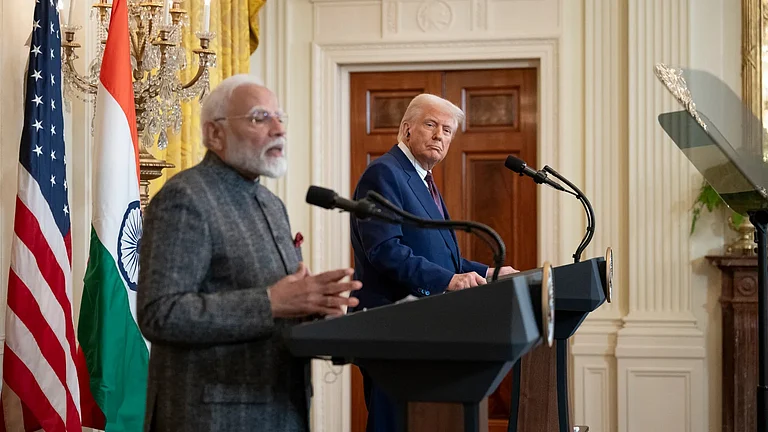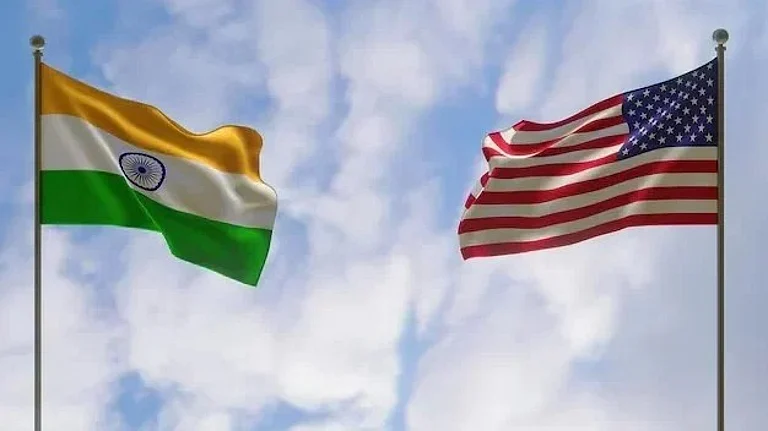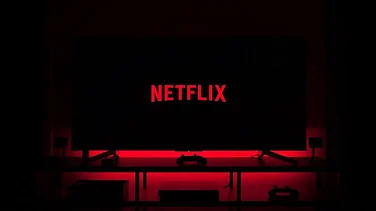Volatility is in vogue these days. Conflicts are turning into wars. A few weeks ago, no one could have imagined Thailand and Cambodia bombing each other. Who could have imagined that the US would bomb Iran’s nuclear facility? New geopolitical equations are being formed. Russia and China have dumped Iran. More recently, the US refused permission for the Taiwan President’s visit.
At the beginning of the year, India looked well positioned in the geopolitical game. However, post Operation Sindoor, the scenario has altered completely. Recall February 2025: the Modi-Trump bromance seemed to be bolstering India-US trade relations through Mission 500, a bilateral trade expansion initiative. The stage seemed set for bilateral trade to reach $500bn by 2030.
Come August, the scenario changed completely. India has been slapped with a ‘25% plus penalty’ tariff, while tariffs for countries like the UK, Vietnam, South Korea, the EU and Indonesia range between 10–19%. Penalised for buying oil and defence equipment from Russia, India stands firm on its stance of continuing to negotiate a rational deal that secures its interest.
Game theory is at play but clarity on payoffs is lacking, creating confusion about what strategy to adopt. Should India consider this a real ‘tariff bomb’ or just a ‘bomb hoax’? Will India blink first or will the world see the ‘Taco effect’—‘Trump always chickens out’?
Tariffs, Trade, Tensions
India has been treading cautiously with long-term strategic interests in mind. It aligns with the US as part of QUAD—the US, Australia, Japan and India—but also teams with Russia and China through BRICS. On one hand, it is a part of I2U2 – India, Israel, US and UAE and on the other, it collaborates with China, Russia and Iran through the Shanghai Cooperation Organisation. Such groupings have created scope for multi-polar trade wars.
International trade waters got murkier in April 2025, when China decided to restrict exports of rare earth metals to the US in retaliation to Trump’s tariff on Chinese exports. Looking for alternate sources, Trump eyed the rare earth metal deposits in Ukraine but that would require ending the Russia–Ukraine war. The peacemaker and dealmaker in Trump emerged, urging the two nations to stop warring.
Interestingly, this role of peacemaker has extended into new conflict zones that looked highly unlikely just a few months ago, Iran-Israel, India-Pakistan and Thailand-Cambodia. Eyeing the Nobel Peace Prize, Trump’s goal seems to have shifted from ‘making America great’ to ‘making Trump great’.
Such a swiftly shifting stance implies changing payoffs for both negotiators, thus causing a delay in laying out a clear strategy for the future. The ‘25% plus penalty’ clearly shows that the Trump administration’s tariffs are not based on economic rationale. The quantum of penalty is also not clear yet, which exposes the US inability to arrive at a rational number that defines the tariff.
From India’s point of view, a 25% tariff is sufficient to make it uncompetitive and any additional ‘penalty’ for trading with Russia is inconsequential. Any tariff above 20% has the same impact: India loses business in the international market.
Strategic Autonomy First
India’s MEA statement about India-US relationship enduring many challenges shows that all is not lot lost. India has already made positive moves in terms of cutting tariffs on US whiskey from 150% to 100% and tariff on US motorbikes has been cut from 50% to 30%. India bought US defence equipment worth $20bn. It has agreed to give access to US gas in Indian market. But, the bone of contention is US asking for market access to India’s agriculture and dairy market.
Buoyed by its success in getting Japan to eventually give access to its rice market, the US is attempting a hard sell in India too, but it needs to realise that the sensitivity associated with the Indian agriculture market is far higher in comparison to Japan’s.
In 2016, the US Congress assigned India a ‘Major Defence Partner’ designation, implying special defence trade and security cooperation privileges. Since, then India’s military procurement from Russia has declined significantly. During 2020-24, India’s defence procurement from Russia has come down to 36%. But the US now insists on reducing it further. India said no to US F-35 jets. The Russian Air defence system proved the mettle during Operation Sindoor.
India’s stance in balancing this complex equation has been commendable and further distancing from Russia can have significant strategic costs. India needs to protect its interest in sensitive areas like agriculture, energy and defence. India can say no to Russian oil but would the US and the EU be able to prevent price rise for rest of the world’s oil and gas? No one can. Russia as an ally is time tested and more than that, India needs to have strategic autonomy, aligning as per its interests.
The author is programme director at Great Lakes, Gurgaon.


























